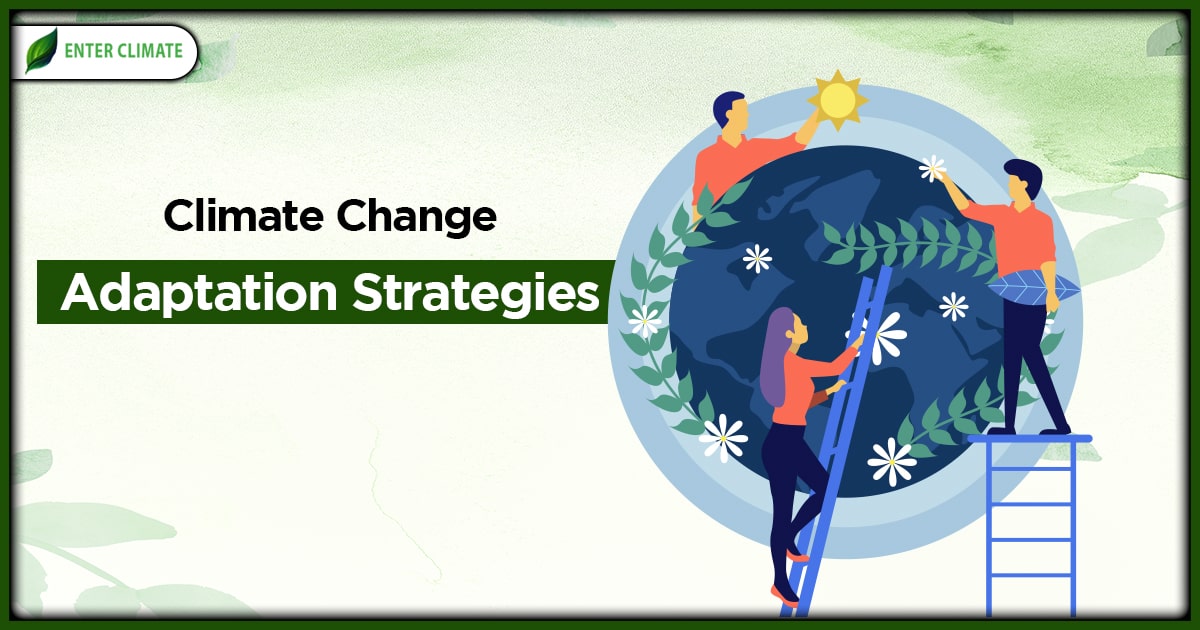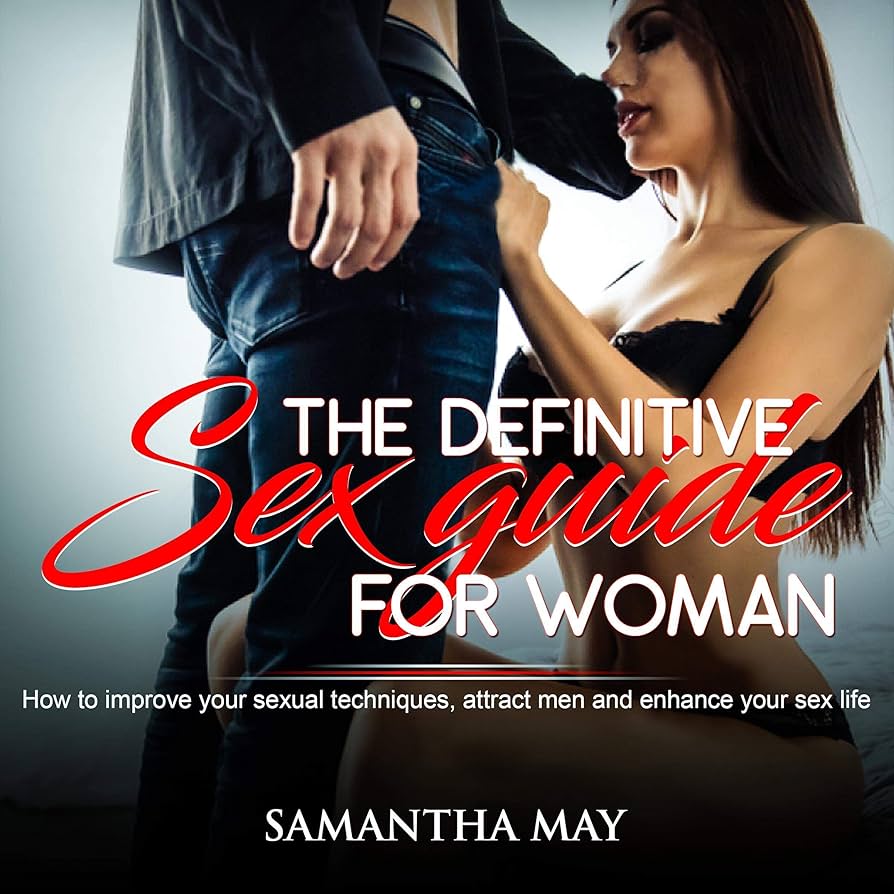IFC Investment in Women’s Livelihood Bond 7 to Advance Sustainable Development Goals
A new report details a significant investment by the International Finance Corporation (IFC) into the Impact Investment Exchange’s (IIX) Women’s Livelihood Bond™ 7 (WLB7). This strategic partnership utilizes blended finance to mobilize capital, directly contributing to multiple Sustainable Development Goals (SDGs) by empowering women and underserved communities in South and Southeast Asia.
Investment Details and Strategic Alignment with the 2030 Agenda
Financial Commitments
- A $10 million investment by IFC in the WLB7, marking its first participation in this bond series.
- A $4.5 million investment in subordinated debt to the IIX Women’s Catalyst Fund, a de-risking facility. This contribution is made through the Advancing Gender Equality, Resilience, Opportunity and Inclusion Worldwide (GROW) facility, in partnership with the Government of Canada.
Contribution to Sustainable Development Goals (SDGs)
The proceeds from the bond are designated for high-impact enterprises, with a focus on advancing the following SDGs:
- SDG 5: Gender Equality: The core objective is to empower enterprises owned and operated by women, providing them with access to capital markets and fostering economic independence.
- SDG 1: No Poverty & SDG 8: Decent Work and Economic Growth: By funding women’s livelihoods and promoting financial inclusion, the initiative aims to create sustainable income sources and stimulate local economic growth.
- SDG 10: Reduced Inequalities: The bond specifically targets underserved women and communities, aiming to reduce economic and social disparities.
- SDG 6: Clean Water and Sanitation: Investment will be directed towards enterprises working to improve access to clean water and sanitation facilities.
- SDG 2: Zero Hunger: The bond supports enterprises in the agricultural sector to enhance food security and sustainable farming practices.
- SDG 7: Affordable and Clean Energy: A portion of the funds will be allocated to businesses promoting clean energy solutions.
- SDG 17: Partnerships for the Goals: The collaboration between IFC, IIX, and the Government of Canada exemplifies a multi-stakeholder partnership to mobilize finance for sustainable development.
Scope and Impact of the Women’s Livelihood Bond 7 (WLB7)
Geographic Focus and Target Beneficiaries
The WLB7 will channel capital to women-led and women-focused enterprises in India, Indonesia, the Philippines, and Sri Lanka. The initiative is projected to reach over 773,000 underserved women, providing them with the capital necessary for sustainable economic participation.
Bond Structure and Compliance
The WLB7 is part of a two-tranche issuance, with the first tranche targeting $60 million. It is set to be the largest bond in the WLB™ Series. The bond adheres to stringent international sustainability and regulatory standards:
- Listed on the Singapore Exchange.
- Certified by Sustainable Fitch Limited as compliant with Orange Bond Principles™.
- Compliant with the International Capital Market Association’s Green Bond Principles, Social Bond Principles, and Sustainability Bond Guidelines.
- Compliant with EU and UK Securitization regulations.
Historical Context and Future Outlook
Legacy of the Women’s Livelihood Bond™ Series
The WLB™ Series has a proven track record of delivering both social impact and financial returns since its inception in 2017. Key achievements of the previous six issuances include:
- Mobilized $228 million in capital.
- Empowered over 2.6 million women across emerging markets.
Stakeholder Vision for Systemic Change
Katia Daude Gonçalves, IFC Country Manager, emphasized that blended finance is a powerful tool for mobilizing investment for impactful projects that contribute to an improved quality of life. Prof. Durreen Shahnaz, Founder and CEO of IIX, stated that the partnership scales a proven model to advance gender equity in capital markets, fostering a more inclusive and sustainable future in alignment with global development objectives.
Analysis of Sustainable Development Goals (SDGs) in the Article
1. Which SDGs are addressed or connected to the issues highlighted in the article?
The article highlights several issues that directly connect to a range of Sustainable Development Goals. The analysis identifies the following SDGs as relevant:
- SDG 5: Gender Equality: The core focus of the Women’s Livelihood Bond (WLB7) is to “empower women and underserved communities” and fund “high-impact women enterprises,” directly addressing the goal of achieving gender equality and empowering all women and girls.
- SDG 8: Decent Work and Economic Growth: By providing capital to “women entrepreneurs and community enterprises,” the initiative promotes “sustainable livelihoods,” entrepreneurship, and the growth of small enterprises, which are central to fostering sustained, inclusive, and sustainable economic growth.
- SDG 1: No Poverty: The bond targets “underserved women and communities” in developing economies, aiming to improve their “quality of life” through financial inclusion and support for sustainable livelihoods, which are key strategies for poverty eradication.
- SDG 17: Partnerships for the Goals: The entire initiative is an example of a multi-stakeholder partnership. The article explicitly mentions the collaboration between the International Finance Corporation (IFC), Impact Investment Exchange (IIX), and the Government of Canada to “mobilize capital through blended finance.”
- SDG 7: Affordable and Clean Energy: The article states that the bond’s proceeds will be used for themes that include “clean energy,” contributing to ensuring access to affordable, reliable, sustainable, and modern energy.
- SDG 6: Clean Water and Sanitation: One of the designated themes for the bond’s proceeds is “water and sanitation,” aligning with the goal of ensuring the availability and sustainable management of water and sanitation for all.
- SDG 10: Reduced Inequalities: By focusing on “underserved women and communities” and promoting “financial inclusion,” the bond aims to reduce inequalities within and among countries, empowering those who have been economically marginalized.
2. What specific targets under those SDGs can be identified based on the article’s content?
Based on the activities and goals described in the article, the following specific SDG targets can be identified:
- Target 5.a (under SDG 5): “Undertake reforms to give women equal rights to economic resources, as well as access to… financial services.” The WLB7 directly addresses this by providing women entrepreneurs with access to capital markets and financial resources, which they have historically been excluded from.
- Target 8.3 (under SDG 8): “Promote development-oriented policies that support productive activities, decent job creation, entrepreneurship… and encourage the formalization and growth of micro-, small- and medium-sized enterprises, including through access to financial services.” The bond is designed to fund and support “high-impact enterprises owned and operated by underserved women,” which directly aligns with this target.
- Target 1.4 (under SDG 1): “By 2030, ensure that all men and women, in particular the poor and the vulnerable, have equal rights to economic resources, as well as access to… financial services, including microfinance.” The initiative’s focus on “financial inclusion” for “underserved women and communities” in India, Indonesia, the Philippines, and Sri Lanka is a direct effort to achieve this target.
- Target 17.3 (under SDG 17): “Mobilize additional financial resources for developing countries from multiple sources.” The article is centered on this concept, describing how the partnership uses “blended finance” to mobilize capital from institutions like the IFC for developing economies in South and Southeast Asia. The article mentions the WLB series has “mobilized $228 million” to date.
- Target 7.a (under SDG 7): “By 2030, enhance international cooperation to… promote investment in energy infrastructure and clean energy technology.” The allocation of the bond’s proceeds to “clean energy” projects represents an investment in this sector, facilitated by international cooperation between the IFC and IIX.
3. Are there any indicators mentioned or implied in the article that can be used to measure progress towards the identified targets?
The article provides several explicit and implied indicators that can be used to measure progress:
- Total capital mobilized for gender-lens investing: This is a direct indicator for Target 17.3. The article provides specific figures, such as the “$60 million” target for the first tranche of WLB7, the “$10 million” investment from IFC, and the “$228 million” mobilized by the previous six bonds.
- Number of women and girls empowered or reached: This is a key impact indicator for SDG 5. The article explicitly states, “With WLB 7 we expect to reach more than 773,000 underserved women,” and notes that previous bonds have empowered “over 2.6 million women.”
- Number of women-owned enterprises funded: This is an implied indicator for Target 8.3. While a specific number is not given for WLB7, the purpose of the bond is to “fund high-impact women enterprises,” meaning the number of enterprises supported is a primary metric of success.
- Geographic and sectoral distribution of funds: This is an implied indicator for SDGs 1, 6, 7, and 10. The article specifies the countries (India, Indonesia, the Philippines, and Sri Lanka) and themes (financial inclusion, water and sanitation, agriculture, and clean energy), suggesting that progress is measured by the successful deployment of capital across these areas.
4. Summary Table of SDGs, Targets, and Indicators
| SDGs | Targets | Indicators |
|---|---|---|
| SDG 5: Gender Equality | Target 5.a: Give women equal rights to economic resources and access to financial services. | Number of underserved women reached and empowered (stated expectation of 773,000 for WLB7). |
| SDG 8: Decent Work and Economic Growth | Target 8.3: Promote entrepreneurship and growth of small enterprises through access to financial services. | Number of high-impact women enterprises funded (implied). |
| SDG 1: No Poverty | Target 1.4: Ensure the poor and vulnerable have equal rights to economic resources and access to financial services. | Deployment of capital to “underserved women and communities” in specified developing countries (implied). |
| SDG 17: Partnerships for the Goals | Target 17.3: Mobilize additional financial resources for developing countries from multiple sources. | Total dollar value of capital mobilized through blended finance (e.g., $60M tranche, $228M mobilized previously). |
| SDG 7: Affordable and Clean Energy | Target 7.a: Promote investment in clean energy technology. | Allocation of bond proceeds to the “clean energy” theme (implied). |
| SDG 6: Clean Water and Sanitation | Ensure availability and sustainable management of water and sanitation for all. | Allocation of bond proceeds to the “water and sanitation” theme (implied). |
| SDG 10: Reduced Inequalities | Empower and promote the social, economic and political inclusion of all. | Provision of capital to “underserved women and communities,” promoting financial inclusion (implied). |
Source: technode.global







